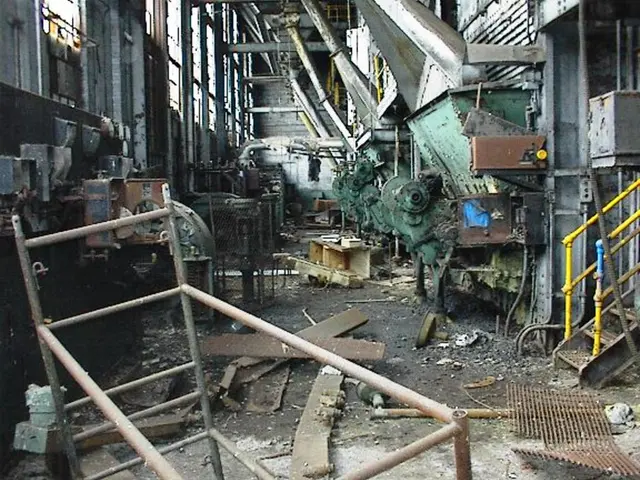"Pakistan's Punjab region grapples with flood catastrophe"
In the ancient Sikh temple town of Kartarpur, residents are struggling to cope with the aftermath of devastating floods. Reports indicate that no officials have come to assist those affected, leaving many without basic necessities like food and milk for several days.
Villager Rana Mubashir shared his concerns, stating that no official team has reached the flooded area in Kartarpur. This comes as over 265,000 people have been evacuated due to the floods, according to Azma Bukhari, the provincial information minister.
The eastern province of Pakistan, home to about half of its 255 million people, has been flooded due to the swelling of three transboundary rivers. The relief effort in Kartarpur has been described as sporadic, with some stranded in their homes as the waterline rose.
Nazia Nasir, a mother of four, told AFP that the army evacuated her family, and upon their return, they found their house collapsed and everything they owned in ruins. Another resident, Nazima Bibi, is currently camping on higher ground on the roadside, unable to return to her submerged home.
The floods have claimed at least 13 lives, according to the National Disaster Management Authority, and more than 1.4 million people living near the rivers have been affected. The spillover released from dams flowing into the river that flooded the Punjab province was caused by India, according to Pakistani authorities.
The founder of the Sikh faith, Guru Nanak, is said to have died in the Kartarpur temple complex. Prime Minister Shehbaz Sharif emphasized Pakistan's vulnerability to climate change-fueled disasters during a tour of flood-affected areas. Climate change is making the monsoon season more erratic, unpredictable, and deadly across South Asia.
In the city of Wazirabad, the receding flood waters left behind mud, buzzing insects, and the threat of disease. Muhammad Asad Imam reported that many homes were washed away and many people lost their cattle, and roads were also ruined in Kartarpur.
As the floodwaters subside, the focus now shifts to recovery and rebuilding. The government and international aid organisations are urged to step up their efforts to help those affected by this devastating crisis.








